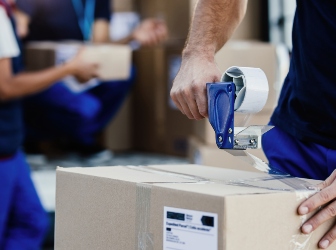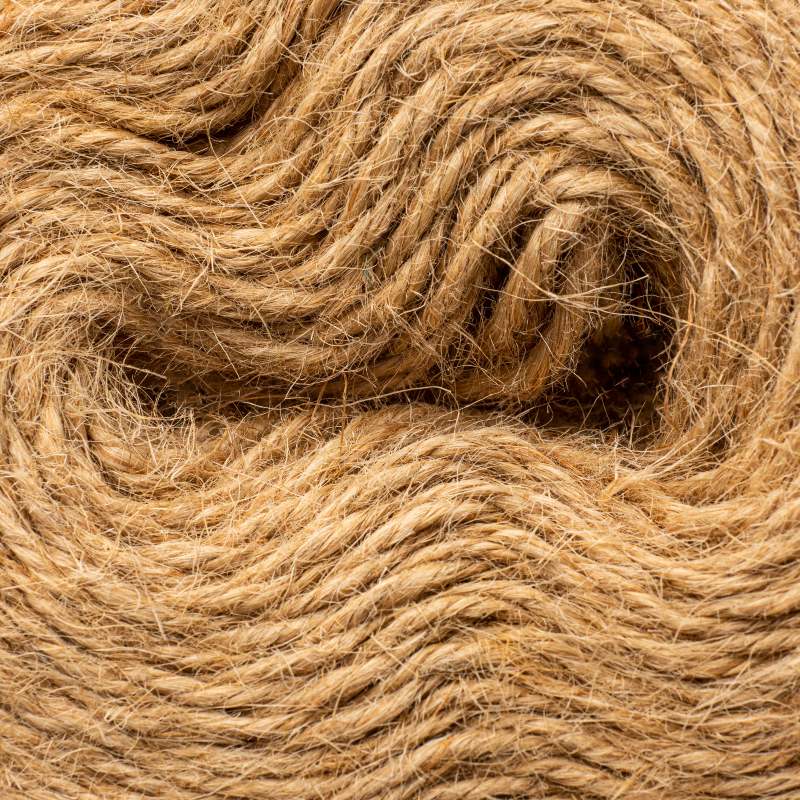1. Harvesting Coconuts
Harvesting coconuts is an art passed down through generations, marrying tradition with skillful techniques that ensure the fruit's pristine quality. It begins with a keen eye, as experienced harvesters assess the coconut palms, identifying those ready for harvest by their size, color, and weight. Employing specialized climbing methods or long harvesting poles equipped.

2. Extraction of Coir Fiber
The extraction of coir fiber from coconut husks is a meticulous process that unveils one of nature's versatile resources. It initiates with the meticulous de-husking of coconuts, separating the fibrous husk from the hard shell. Once separated, the husks undergo retting, a natural process where they are submerged in water or left outdoors to soften for several months.
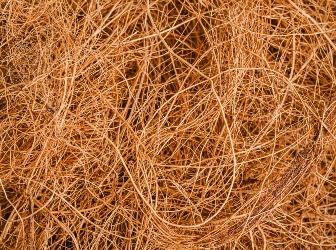
3. Cleaning and Sorting
Cleaning and sorting coir fiber involves precise methods to ensure the purity and quality of the final product. The extracted coir fibers first undergo cleaning to remove impurities such as dust, dirt, and residual husk particles. This initial cleaning process often involves mechanical beating or washing, where the fibers are agitated in water.
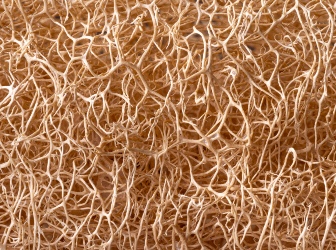
4. Spinning and Twisting
In the coir industry, spinning and twisting are fundamental processes that transform cleaned and sorted coir fibers into durable yarns, catering to diverse applications. Spinning, the initial step, involves aligning and twisting the fibers together using specialized machinery, resulting in robust yarns with enhanced strength and integrity.
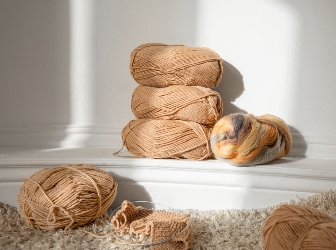
5. Weaving or Tufting
In the coir industry, weaving and tufting are integral processes employed in the creation of diverse coir-based products. Weaving involves interlacing coir yarns or fibers together using specialized looms, forming intricate patterns and structures. This method is commonly used to produce coir mats, rugs, and carpets, where the interwoven yarns.
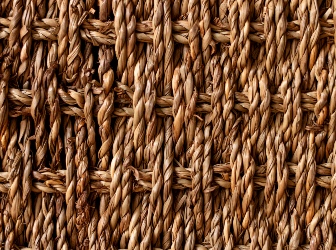
6. Backing and Finishing
Backing involves affixing a supportive layer to coir mats or carpets, reinforcing their structure and enhancing their longevity. Typically, this backing is made of materials like rubber or latex, applied using adhesives or by heat-bonding techniques. The backing not only provides stability and prevents slippage but also improves the mat's resistance.
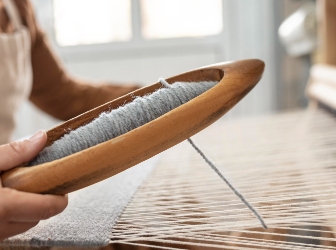
7. Drying and Quality Check
Drying involves carefully reducing the moisture content of coir fibers after their extraction and processing. Typically, the fibers are dried under controlled conditions, either through natural sun-drying or using mechanical drying systems. This step is crucial as it prevents mold or bacterial growth while preserving the fibers' integrity.
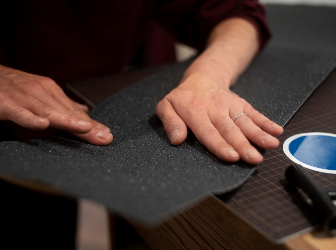
8. Packaging and Distribution
Packaging involves carefully preparing coir-based products for transportation and storage. Depending on the product type and intended use, coir mats, rugs, ropes, or other items are meticulously packed to preserve their quality and integrity. Packaging materials like bales, cartons, or wrapping materials are employed, ensuring that the products.
